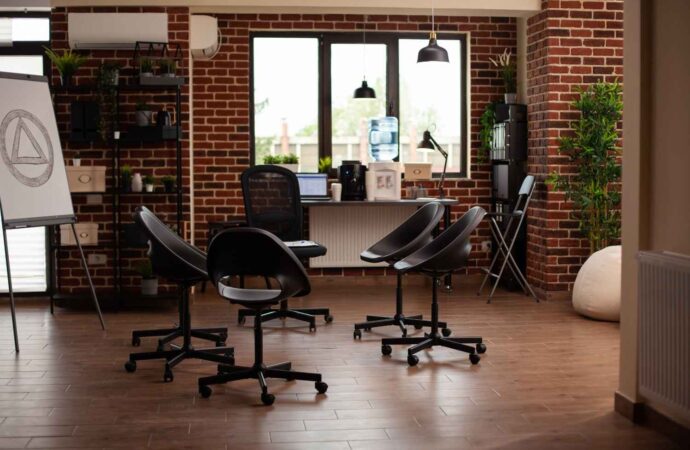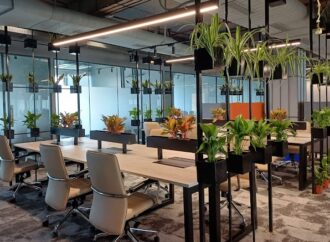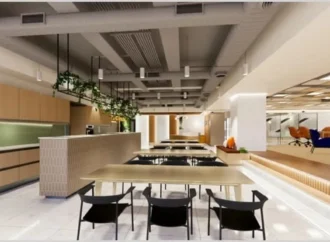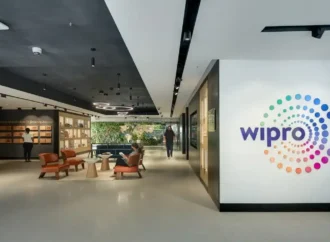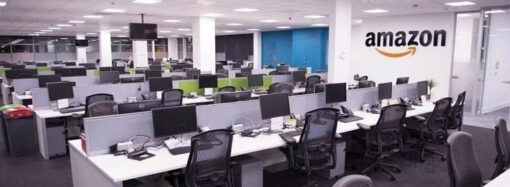Flexible office spaces rapidly grow as businesses seek adaptable, short-term solutions in the post-pandemic era. With increasing demand from startups and corporations, these spaces promote collaboration and productivity. By 2025, 50% of companies plan to allocate 10% of their office portfolios to flexible workspaces.
In the post-pandemic world, businesses are embracing a newfound adaptability, and flexible office spaces have emerged as a leading solution to meet this demand. The shift in workspace dynamics has sparked significant growth in the coworking and managed office sectors as companies, from startups to large corporations, realise the importance of spaces that can quickly adapt to their changing needs.
Kunal Sharma, Founder and CEO of Flipspaces, a commercial interior design and build firm has seen this shift firsthand. “Modern businesses require spaces that can be adapted quickly and cost-effectively,” says Sharma. “The pandemic accelerated this trend, pushing companies to reconsider the traditional office model.” With offices reopening post-pandemic, firms seek solutions to scale up or down as needed, accommodate hybrid work models, and provide employees a safe, collaborative environment.
This shift towards flexible spaces is a fundamental departure from the traditional office model, which dominated by cubicles and fixed layouts. Today, companies want the freedom to configure their workspaces based on project needs, team sizes, and collaboration efforts. The benefits go beyond functionality—these spaces have become key to fostering innovation, improving productivity, and boosting employee satisfaction.
The Growing Appeal of Coworking and Managed Spaces
As the demand for more versatile work environments grows, coworking and managed office spaces are rising in popularity. These spaces offer flexibility and a range of facilities catering to both short-term and long-term business needs. Coworking spaces provide the perfect alternative for businesses seeking temporary solutions or those who prefer to avoid long-term leases.
In addition to their flexibility, these spaces are reshaping the urban landscape. Once underutilised, buildings in prime locations are being transformed into vibrant coworking hubs that attract diverse professionals. Freelancers, entrepreneurs, startups, and even established businesses are finding value in these dynamic spaces that encourage collaboration, creativity, and the sharing of resources.
One notable trend is the rise of niche coworking spaces tailored to specific industries or communities. From coworking spaces designed specifically for healthcare professionals to hubs created for creative entrepreneurs, these niche spaces provide targeted environments that cater to the unique needs of specific sectors. This focus on specialisation allows businesses to share physical space and industry-specific knowledge, tools, and networks, creating a thriving ecosystem for innovation.
Another key trend is the increased integration of technology into coworking environments. Advanced tools for collaboration, virtual meetings, and artificial intelligence are being used to enhance the coworking experience. AI, for example, is now being used to personalise the workspace experience for individual users, offering customised solutions based on their specific work patterns and preferences.
Flex Spaces | A Strategic Shift for Corporations
While coworking spaces were once primarily the domain of startups, freelancers, and small businesses, large corporations are now shifting towards flexible office spaces. Many major companies are turning to flex spaces in their long-term real estate strategy. According to research by CBRE, “nearly half of corporations plan to boost their utilisation of flexible office spaces within the next year.” This shift is part of a larger trend as businesses move towards more agile, scalable workspace solutions that can accommodate their evolving needs.
The report further states that by 2025, 50% of companies plan to allocate more than 10% of their total office portfolio to flexible spaces. This growing adoption by larger enterprises signals a major shift in how companies view their real estate needs. Flexible spaces offer them a way to reduce long-term commitments, save on overhead costs, and provide their employees with adaptable, modern work environments.
In addition to financial flexibility, these spaces offer other significant benefits, including enhanced employee satisfaction and productivity. With employees increasingly expecting more work-life balance and remote options, flexible spaces allow businesses to meet these expectations while maintaining a professional workspace when needed.
The Role of Flex Spaces in Urban Development
The rise of flexible office spaces isn’t just transforming how people work but also reshaping urban development. These spaces revitalise city centres by repurposing underutilised buildings and turning them into dynamic coworking hubs. This ripple effect on the local economy, as these hubs bring together professionals from diverse industries, creating opportunities for collaboration and innovation.
As cities develop and infrastructure improves, flex spaces expand beyond tier-1 cities and into tier-2 cities like Ahmedabad, Jaipur, Kochi, Lucknow, and Chandigarh. These cities offer affordable office rentals and skilled workforces, making them attractive options for companies looking to expand their operations without the high costs associated with major metropolitan areas.
“Flex operators not only grew in number but also expanded geographically,” notes Sharma. “Tier-1 cities remain major markets, but tier-2 cities are gaining traction due to improved connectivity and more affordable office spaces.” This expansion enables businesses to access talent pools in previously untapped regions, further driving the demand for flexible workspaces.
Financial Stability and Future Growth of Flex Spaces
With the rapid growth of the flex space sector, operators are seeing strengthened financials. The stable demand for these spaces has allowed operators to negotiate favourable terms with fund houses and banks, ensuring they have the financial backing to continue expanding. According to CBRE, this financial stability and strong revenue streams position flexible office space operators for long-term success.
As more companies incorporate flexible workspaces into their long-term real estate strategies, the profitability of these operators is expected to rise. The sector will likely continue growing, fueled by increasing demand from diverse industries, ranging from technology and IT-ITeS to banking and insurance.
Conclusion | The Future of Flexible Office Spaces
The future of work is undoubtedly flexible. Businesses across the globe are increasingly recognising the value of adaptable, dynamic workspaces that cater to the changing needs of modern teams. Whether through the rise of niche coworking spaces, the integration of cutting-edge technology, or the expansion into tier-2 cities, the flex space industry is reshaping how and where people work.
As corporations continue to embrace these spaces as part of their strategic growth, flexible office spaces are set to become a permanent fixture in the real estate landscape. The ability to offer scalable, community-driven environments makes them a key player in the future of work, ensuring that businesses can thrive in an ever-evolving environment.

